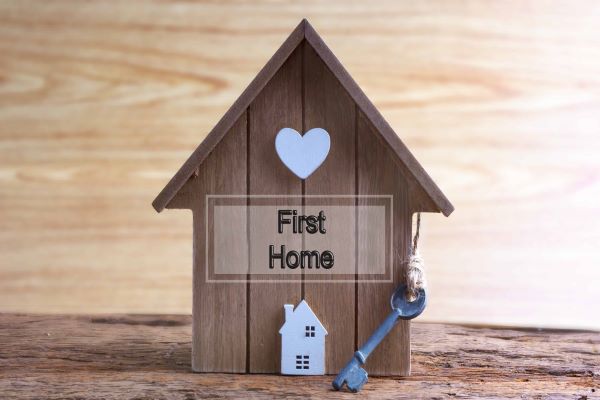Buying your First Home?
Often one of the trickiest steps when thinking about purchasing your first home is working out where to start. Once you break the process down however, it may seem a lot more straight-forward than you’d imagined.

1. Saving a deposit
Many people in their 20s to early 30s decide that it is time to start ‘saving for a deposit to own a house’. So how much should be saved in order to buy your first home/investment property?
As a general rule – most people set a savings target of 20% of the property price plus stamp duty. The reason is because it is often difficult to obtain a loan greater than 20% without incurring the extra costs of Lenders Mortgage insurance (LMI).
If a deposit this size is not within your reach – there are other options such as Family guarantors who could even possibly help you borrow up to 100% plus stamp duty without needing to pay for LMI. There are a number of things to consider in this case and my next article will further explain the guarantor option in more detail.
Budgeting apps such as ‘Daily Budget’ and ‘Wally’ can be useful starting points to track your expenses and set weekly or even daily limits on how much you can spend to arrive at your savings goal.
2. Obtaining a Pre-approval
How much can I borrow? Once we have determined your ‘borrowing power’ you will be able to identify the approximate price range you can afford when you begin house hunting.
While many people think the calculation should be simply how much you earn minus your expenditure it is actually a lot more complicated than that. Many are also surprised to find that your borrowing capacity will also vary across the lenders depending on their respective appetites and lending policies.
This is why we stress the importance of engaging us to obtain a pre-approval prior to making any offers on a property. A pre-approval is basically a promise from the financial institution that they will lend you x amount given your financial situation which will not change within the valid timeframe. Preapprovals usually are valid for 3 or 6 months depending on the lender – don’t stress however if you don’t locate a property in that time frame as we are able to help you apply for extensions.
3. Locating your dream home
And the fun part begins! Once you have pinpointed your buying price range with the two steps above; it is time to begin house hunting!
Real estate websites such as www.realestate.com and visiting real estate agents are good places to start. We are also able to help you generate property profile reports for the specific property you are interested in which may outline important information such as estimated price ranges, past sales history, recent sale prices of similar properties in the area etc.
4. Pre-bid – legal work and building inspections
Remember to engage a conveyancer/solicitor before making an offer. They will be able to help you check through the contract (usually first few contracts read are free) before you sign on the dotted line. Also it may be worthwhile to have a building inspection organised prior to ensure there are no structural faults – especially with older properties.
5. Making an offer
Now down to the big day – you may make an offer either through a private sale or at an auction. There is a 3 day cooling off period if you sign to purchase a property via a private sale. Please remember there is no cooling off periods when you purchase at an auction – hence again why the importance of obtaining that pre-approval.
If you would like to have a chat in detail about any of the steps outlined – it can be a complicated process so please contact one of our Lending Specialists, complete your details below and we’ll be in touch or give us a call on 03 9835 8200.
